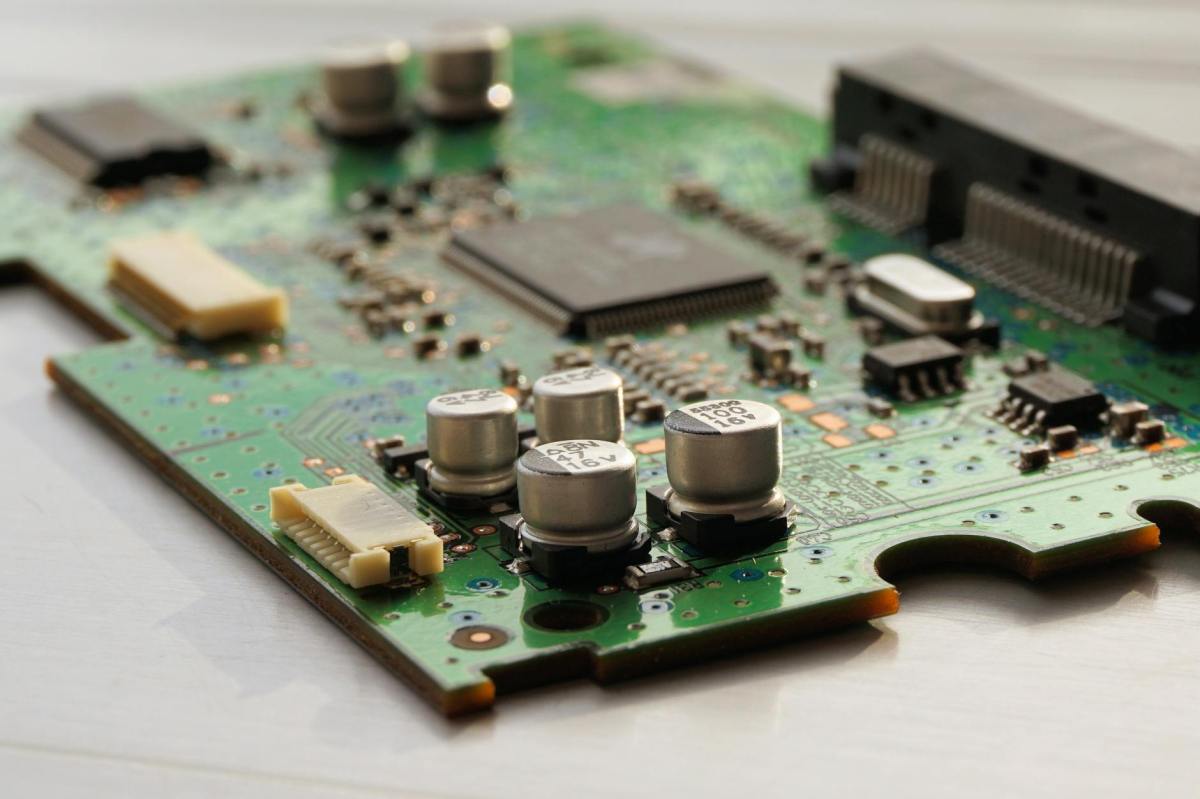The digital revolution – also known as the third industrial revolution – refers to the historical period beginning in the mid-20th century that saw the shift from analogue or mechanical electronic technologies to digital electronics.
An era marked by the emergence of different technologies or the Internet and which succeeded the first and second industrial revolution and preceded the fourth.
Let us look at the main historical characteristics of these industrial revolutions.
Industrial revolutions before and after the digital revolution
As we have recently commented, the digital revolution is the successor to the first and second industrial revolutions.
First industrial revolution
The advent of the steam engine – one of the technological inventions that changed the course of history – is seen as the consolidation of the success of the first industrial revolution, the use of which led to a huge increase in productive capacity.
This industrial revolution started in the United Kingdom in the second half of the 18th century and marked a turning point in humanity by completely changing people’s daily lives with an unprecedented multiplication of industrial and agricultural production, which led to a huge transformation of the world’s economy.
Second industrial revolution
From the end of the 19th century until the outbreak of the First World War in 1914, the second industrial revolution flourished, a time when industrialisation benefited from new energy sources such as oil, gas and electricity and materials such as steel.
The production chain and the division of labour into tasks are other features of this historical moment, with the birth and development of the automobile as an emblematic example of this era.
The Fourth Industrial Revolution
Skipping the third industrial revolution under this heading, as it covers the whole of the article, we can also briefly mention the fourth industrial revolution.
This historic moment, also known as Industry 4.0, dates back to 2011 when the term was coined at an industrial fair in the German city of Hannover.
It is an era marked by both increased digitisation and increased connectivity, in which new forms of communication or data have become enormously important.
History of the digital revolution
The historical origin of the digital revolution itself can be traced, according to many experts, to the birth of the transistor in 1947.
Such was the importance of this invention that its creators – physicists John Bardeen, Walter Houser Brattain and William Bradford Shockley – were awarded the 1956 Nobel Prize in Physics ‘for their research on semiconductors and their discovery of the transistor effect’.
Thanks to the technological possibilities opened up by the development of the transistor in the 1950s and 1960s, the digital revolution established itself as a moment of historic change in which technological advances changed people’s lives forever.
Another major milestone of the digital revolution was the birth of the Internet (originally known as the Arpanet), a technological breakthrough that completely changed the way the world works in its few decades of existence.
From the emergence of the network of networks linked to the US Department of Defence to the creation of the first website in history (incidentally, still available: https://info.cern.ch/) to the birth of search engines, the reality is that the Internet has become one of the cornerstones of society.
This is one example of progress made in the digital revolution, but not the only one. Let us look at some others.
Digital revolution: examples
Some of these examples brought about by the digital revolution are absolutely commonplace and everyday nowadays, but they were a real revolution at the time.
Some of these technological innovations were born then, but others, which existed beforehand, took hold as their use and popularity soared.
- Mobile phone. Since engineer Martin Cooper made the first mobile phone call in 1973, this device has evolved over the decades to become indispensable, to the extent that there are now more mobile connections than inhabitants on the planet.
- Personal computer. Also in the second half of the 20th century, personal computers were born and became hugely popular, and even during the first decade of the 21st century they have enjoyed very high sales levels. However, the development and greater features of other devices such as smartphones have meant that personal computers have lost momentum.
- Television. Although the first regular television broadcasts began in the UK in 1936, it was not until the second half of the 20th century that the device exploded in sales to the point where it found its way into virtually every home in the world. Although there may have been changes in consumption habits, the fact is that television still maintains very high levels of popularity.
- Industrial robots. Likewise, the second half of the 20th century saw the birth of another of the technological innovations of this era, industrial robots, with George Devol and Joseph F. Engelberger being considered the fathers.









